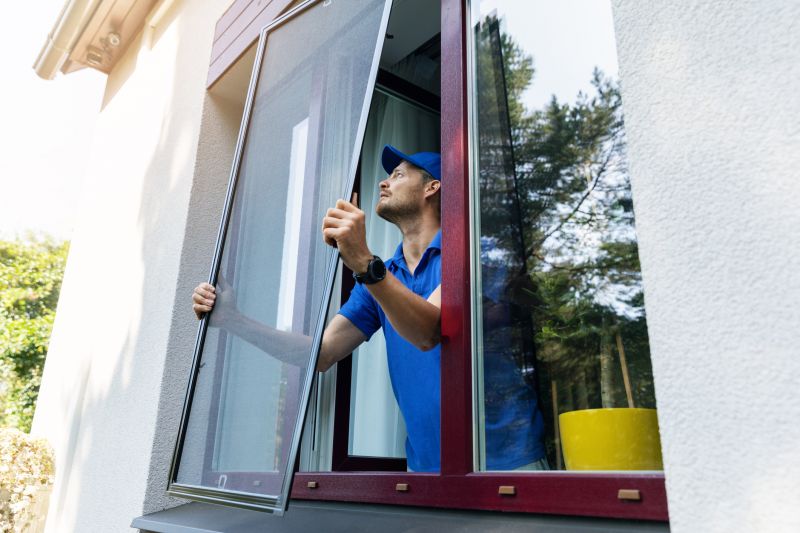Optimal Timing for Windows Installations
Windows installations are essential for upgrading system performance, enhancing security, and ensuring compatibility with new software. Choosing the right time for installation can minimize disruptions and maximize efficiency. Factors such as system readiness, software updates, and user availability influence the ideal timing for these procedures.
Spring and fall often provide optimal conditions due to moderate temperatures and fewer holiday-related disruptions, making them suitable for major updates.
Perform installations during off-peak hours, such as early mornings or late evenings, to reduce impact on daily operations.
Scheduling during planned maintenance windows or weekends can minimize downtime and allow for thorough testing afterward.
Installing Windows before major software releases ensures compatibility and reduces the risk of conflicts or bugs.

Visual overview of the steps involved in installing Windows on a system.

Ensuring hardware compatibility before starting the installation process.

Verifying that existing applications are compatible with the new Windows version.

Optimal conditions for performing Windows installations effectively.

Configuring settings and updates after Windows has been installed.

Creating backups prior to installation to prevent data loss.

Identifying and resolving typical problems during Windows installation.

Differences between upgrading existing systems and performing fresh installations.

Configuring security features post-installation for optimal protection.
| Timing Factor | Impact on Windows Installation |
|---|---|
| Season | Spring and fall offer moderate temperatures, ideal for hardware handling. |
| Time of Day | Off-peak hours reduce operational disruptions. |
| Business Cycle | Scheduling during low activity periods minimizes downtime. |
| Software Release Schedule | Aligning installations with software updates ensures compatibility. |
| System Readiness | Pre-installation preparations like backups improve success rates. |
| User Availability | Ensuring users are available for post-installation testing. |
| Hardware Compatibility | Verifying hardware supports the new Windows version. |
| Network Conditions | Stable network during installation aids in updates and activation. |
Performing Windows installations at appropriate times can lead to smoother transitions, reduced downtime, and improved system stability. Proper planning includes assessing hardware readiness, scheduling during low-traffic periods, and ensuring backups are in place. Keeping systems updated and compatible with new Windows versions enhances security and productivity.

Monitoring a Windows installation process on a computer.

Creating a backup to safeguard data prior to Windows setup.

Adjusting settings after installing Windows for optimal performance.

User interface during Windows upgrade or fresh install.
Interested in scheduling a Windows installation? Filling out the contact form provides a convenient way to plan an optimal timeframe tailored to specific needs. Proper timing ensures a seamless upgrade experience and minimizes operational disruptions.





